Foolproof:
A psychological vaccine against fake news
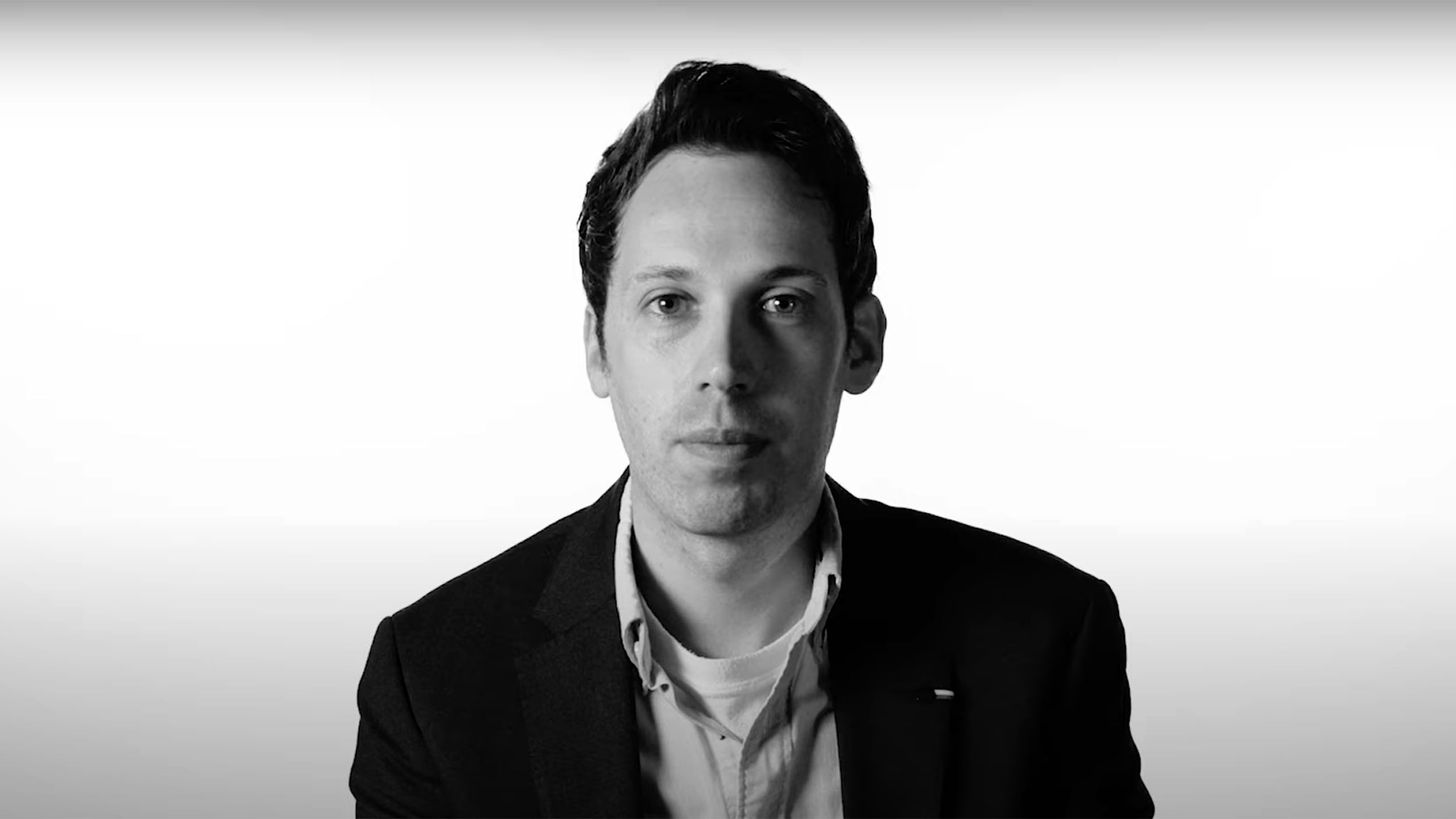
In an edited extract from his new book ‘Foolproof: Why We Fall for Misinformation and How to Build Immunity’, Prof Sander van der Linden outlines the threats to democracy and human safety posed by fake news, and takes us through his work to “inoculate” people against falling for misinformation.
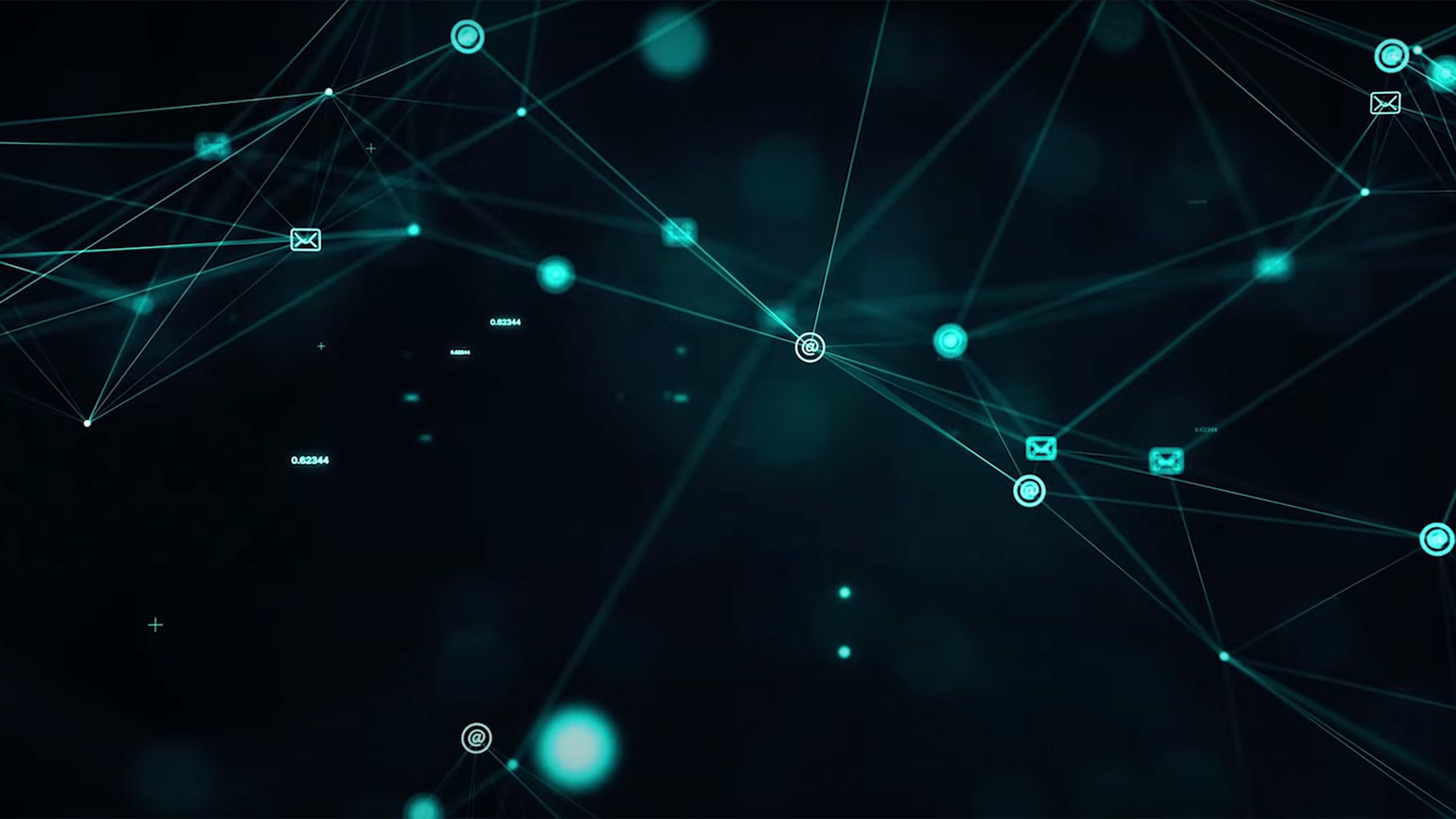
Michael Whitty, a dad of three who lives in the small English town of Kirkby, had been developing some unusual ideas with the assistance of a trusted friend: the internet.
On Sunday 5 April 2020, Whitty popped on some gloves, forced open the equipment box, and set fire to a phone mast owned by Vodafone. This wasn’t a ‘heat of the moment’ decision. Whitty was convinced that the latest 5G (fifth-generation) phone masts were linked to the pandemic.
Evidence obtained from Whitty’s phone suggests he spent much time researching 5G technology and discussing it with others in online chat rooms. His anxiety stemmed from a false and debunked conspiracy theory that radiation from 5G phone masts lowers our immune systems, exacerbating the spread of Covid-19.
Nearly four years earlier, in the run-up to the 2016 US presidential election, Edgar Maddison Welch, a father of two from North Carolina, walked into the Comet Ping Pong pizzeria in Washington DC carrying a loaded semi-automatic assault rifle.
He was under the impression that presidential candidate Hillary Clinton was hiding young children in the basement there as part of a secret child trafficking ring. Like Whitty, Welch had developed genuine concerns after reading dozens of fake news articles shared widely online.
A common response to such events is to dismiss them as the actions of outliers. Most people aren’t fooled by fake news. But is this really the case? How confident are you that your vote wasn’t influenced by micro-targeted misinformation? How much of what we read on social media is false or if not plain false, designed to make us think or feel a certain way? Whitty and Welch are not alone.
The truth is that at a basic cognitive level we are all susceptible to misinformation.
A total of at least fifty phone masts have been set ablaze throughout the UK because of widespread misinformation that 5G masts are somehow linked to the spread of Covid-19.
In 2020, my Cambridge colleagues and I surveyed the population in the UK, the United States, Mexico, and Spain, and directly asked people if they believed that the 5G network was making us more susceptible to Covid-19.
The estimates from our study ranged from 10% to 17% of the population in each country. If that sounds low to you, consider that even just 10% means that over 7 million people in the UK and about 32 million people in the US report holding such beliefs.
Moreover, if 10% is all it takes for people to start setting phone masts on fire, we should be concerned about what wider spread of these beliefs might entail for society. The 2021 attack on the United States Capitol is a chilling reminder of the damage that a misinformed crowd can inflict.
Dubbed the ‘Tsunami of Untruth’ by fact-checkers, former President Donald Trump made over 30,000 false or misleading claims during his presidency. An extensive investigation by the independent fact-checker PolitiFact, who reviewed the files of over 400 of those arrested, showed that in at least half of the cases, misinformation shaped the defendants’ beliefs and actions.

Many of those arrested had been highly active on social media; several even cited being ‘duped by fake news’ as a defence in court. A lot of them were just like Whitty and Welch. Take Anthony Antonio, a solar panel salesman from Chicago. Antonio had no prior interest in politics. He hadn’t even voted in a presidential election before.
After being laid off work during the pandemic, Antonio said that he simply got bored. He started watching Fox News on repeat, tuned into right-wing social media and became consumed with conspiracy theories that the presidential election had been rigged.
On 6 January 2021 he wore a bulletproof vest with insignia of a far-right militia group. He was charged with five counts, including disorderly conduct and violent entry of the Capitol. Referring to the torrent of misinformation that engulfed his client, his lawyer said:
"You can catch this disease"
But the spread of dangerous misinformation is not just a Western issue. In 2018, false videos with warnings of local child-traffickers in southern India circulated on WhatsApp. These messages incited a mob of around 200 people to attack an innocent family, dragging them from their car, beating one to death and leaving others critically injured. The messages triggered a spate of similar assaults.
In early 2020 in Iran, hundreds of deaths and thousands of hospitalizations – including children – were attributed to mass poisonings, after people were fooled by false social media claims that ingesting toxic alcohol-based products would help ‘neutralize’ the coronavirus.
In short, fake news can get you killed.
Even an optimistic account of our ability to spot fake news has to come to grips with the fact that not everyone needs to be fooled in order for misinformation to be highly influential and dangerous. After all, major elections are often decided on small margins, and cyber propaganda is playing an increasingly important role in tearing down the fabric of our democracy.
A 2016 poll by the Washington-based research centre Pew revealed that over 65% of Americans report that fake news leaves them feeling confused about basic facts, and 83% of Europeans think fake news is a major problem – with at least half reporting that they encounter misinformation on a weekly basis.
Even conspiracy theories are no longer reserved for the ‘lunatic fringe’: over half of Americans now endorse at least one conspiracy theory. These findings raise bigger questions about our ability to navigate the media ecosystem. How do people come to believe in misinformation? How and why does it spread? And what can we do about it?
I have studied the psychology of persuasion and influence my entire career.
In fact, I have spent a good chunk of my personal life trying to understand the process by which people, including myself, become convinced of the veracity of all kinds of information, especially misinformation.
Most of my family on my mother’s side were executed by the Nazis in the Netherlands. My grandparents were able to escape – just barely – but one of their two sons, my uncle, a young boy, was shot on purpose by a Nazi soldier during a razzia (round-up). He was taken to a nearby hospital. The Dutch resistance managed to sneak him out and a lovely family took him in. My uncle never recovered psychologically from what had happened to him as a child.
After learning about the impact of Nazism on my family, I became fascinated, from a young age, by the process through which people are persuaded of dangerous and harmful propaganda.
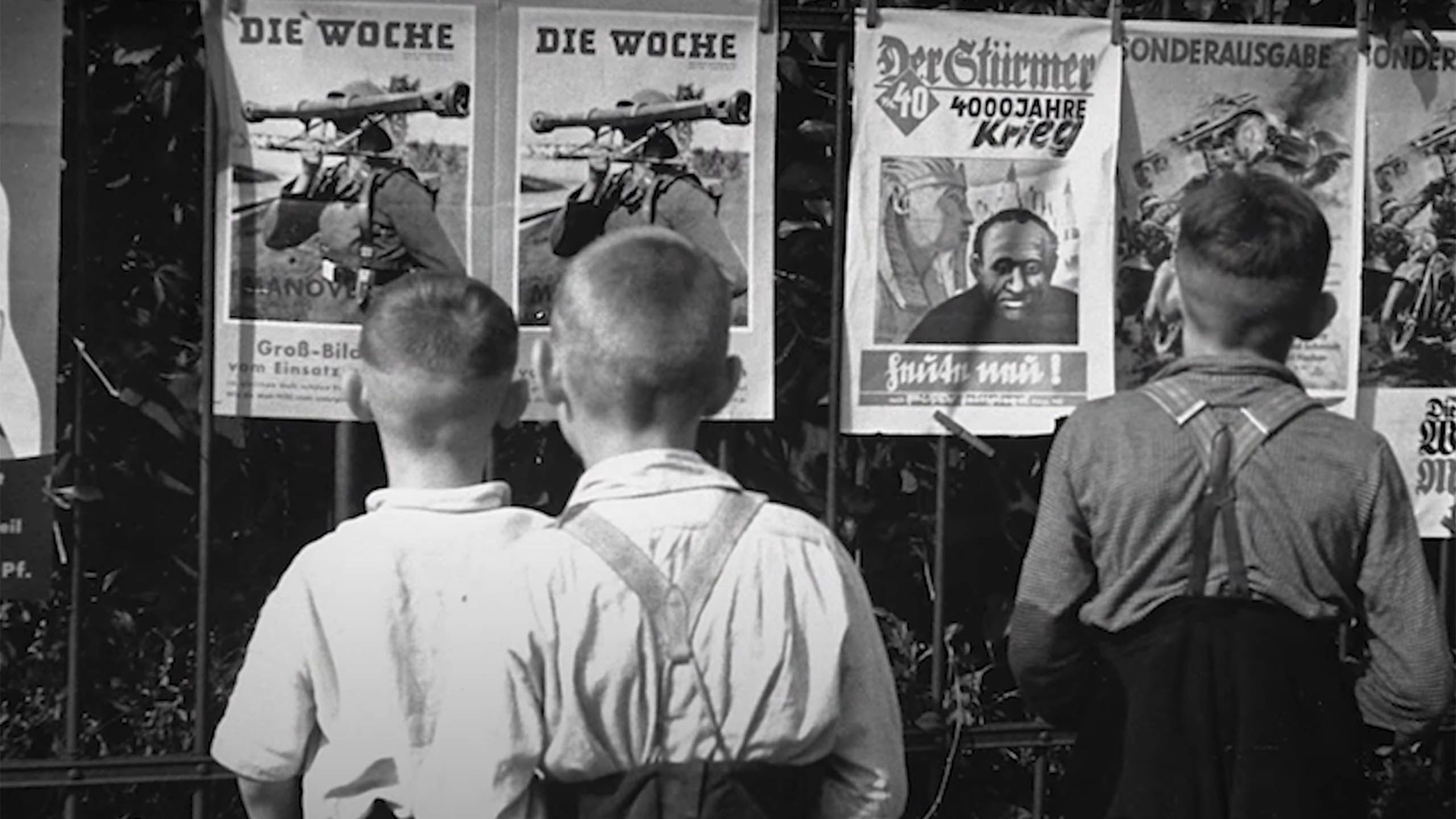
I started studying persuasion not to persuade other people but to reverse-engineer the process. What if a better and deeper understanding of the persuasion process could empower people to withstand malicious attempts to influence their opinion? I decided to explore the building blocks of disinformation campaigns to see if I could synthesize a ‘vaccine’.
I am not here to tell you what to believe. Andy Norman, a philosopher at Carnegie Mellon University, refers to me as a "cognitive immunologist". I quite like this description of my field of research. Just as antigens produce an immune response in the body, psychological antigens can help build resistance to fake news.
The lawyer defending the Capitol rioter Anthony Antonio was not wrong when he suggested that people can catch misinformation much like a disease. On this subject, I have three key propositions:
The first is that there are viruses of the mind and not just the biological kind.
A biological virus is a parasite that attaches itself to the surface of a host cell. It will then inject its own genetic material into the host, hijacking the host cell’s machinery with the goal of reproducing itself.
In a very similar way, misinformation, conspiracy theories, and other dangerous ideas, latch on to the brain and insert themselves deep into our consciousness; they infiltrate our thoughts, feelings, and even our memories. Misinformation can fundamentally alter the way we act and think about the world. The misinformation virus hijacks parts of our basic cognitive machinery.
Unfortunately, just as viruses are notoriously hard to treat (antibiotics don’t work), decades of research show that once misinformation takes root in our brains, it too is extremely difficult to correct. The analogy runs deep.
The second proposition is that, just like regular viral pathogens, fake news must spread from one person to another.
In fact, in 2020 the World Health Organization declared the outbreak of an "infodemic". By themselves, viruses cannot survive for very long outside of the body. They need a host. The same is true of misinformation.
On its own a misleading tweet or fake news headline doesn’t do much – it needs a susceptible host in order to reproduce and spread. Biological viruses usually spread via contact or respiratory droplets. But viruses of the mind are even more contagious because they can be shared from one individual to the next without the need for any physical contact.
Like regular viruses, they can have dangerous health-threatening consequences, leading to injury and even death. Moreover, the spread of fake news doesn’t only threaten the wellbeing of individuals. It poses serious threats to the integrity of elections and democracies worldwide.
The third and final proposition is that we need an effective antiviral treatment – a psychological vaccine against fake news.
Together with my colleagues at Cambridge University, I have been working on this issue for many years now. Luckily, this vaccine does not require any needles, just an open mind, and is completely free of charge. The theory follows the medical analogy closely.
In the same way that vaccines train the immune system to recognize and fight off foreign invaders, often by introducing weakened or dead strains of a virus, we can inoculate the human mind too. By injecting people with a severely weakened dose of fake news (the virus) and refuting it in advance, over time people can develop mental antibodies – psychological immunity – against misinformation.
Creating a vaccine requires understanding the structure of a virus, the chemicals that encode its genetic information (such as DNA and RNA). Accordingly, my research group has tried to uncover the key techniques that underpin the production of nearly all fake news, establishing a taxonomy of what we call the ‘Six Degrees of Manipulation’: polarizing groups in society; appealing to emotions to manipulate people; floating conspiracy theories; impersonating fake experts and official organisations; and trolling people and online conversations.
You can think of these six techniques as the core building blocks of the fake news virus. Our theory was that you could potentially inoculate people against these underlying techniques, and after many lab experiments, we finally achieved a breakthrough.
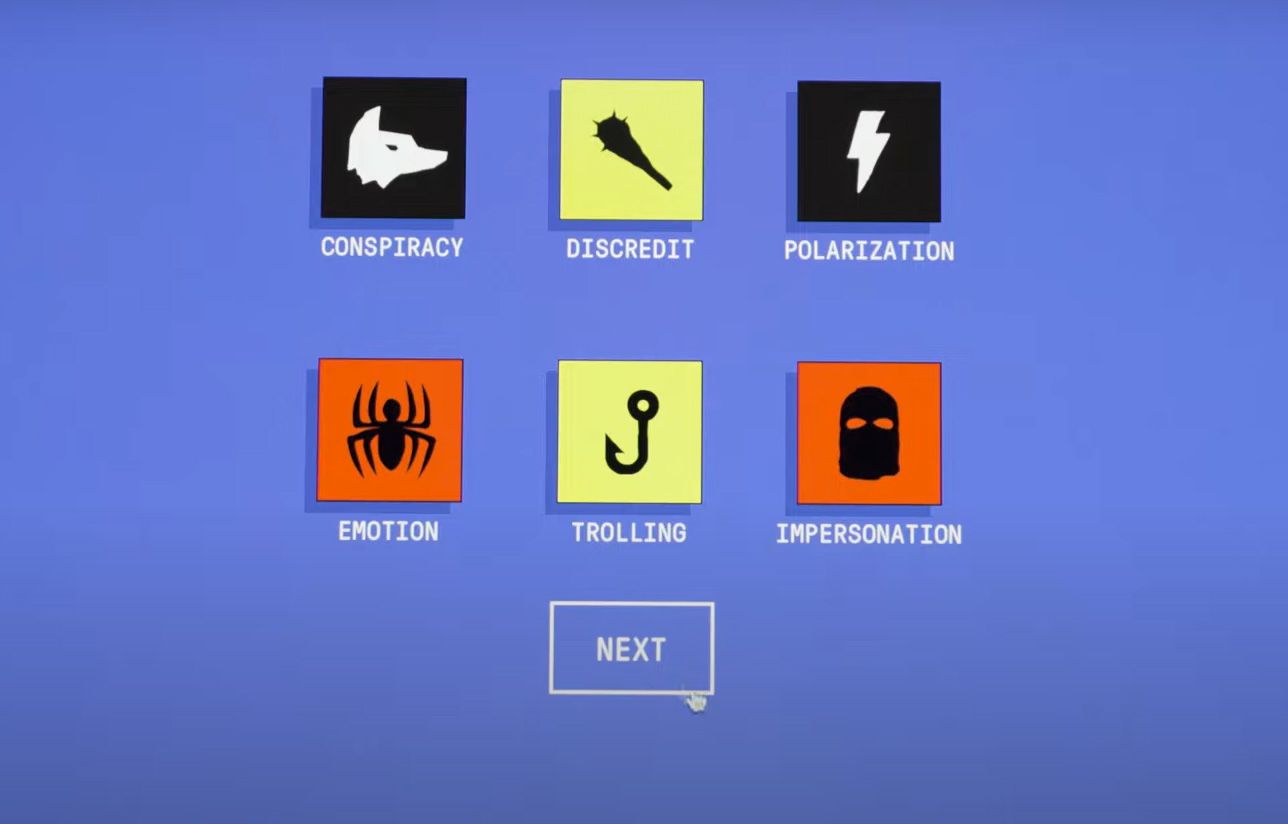
But we needed a vehicle to deliver the vaccine – a way to translate the theory into a virtual needle. Through a unique collaboration with game developers, we built a simulation engine. We called it Bad News.
The first of its kind, Bad News is a fully interactive fake news game that mimics a social media environment. The game broke new ground but its logic remains slightly controversial: in order to confer immunity, people needed to be ‘injected’ with a microdose of the fake news virus.
In the game, players are exposed to weakened doses of the key techniques that are used in the spread of misinformation. For a brief moment, the player is in charge of their own fake news empire. In order to test the ‘vaccine’, our research group enrolled tens of thousands of people from all walks of life, from all around the world.
Before they entered the simulation, individuals were asked to evaluate the reliability of a series of fake news headlines.
Here’s an example: The Bitcoin exchange rate is being manipulated by a small group of rich bankers. #InvestigateNow.
This fake Twitter post uses the ‘conspiracy’ technique: it casts doubt on the mainstream narrative by blaming a cabal of elites who are secretly plotting to accomplish a sinister goal.
After participating in our intervention (the vaccine), people are shown another series of fake headlines, including ones they’ve never seen before (the invaders). This time around they are less easily fooled.
Psychological antibodies have started forming, which allow participants to better resist fake news because they understand the underlying tactics. The theory of psychological inoculation has turned the world of fact-checkers upside down.
Unlike fact-checking (or ‘debunking’) the idea here is not to issue corrections after the damage has been done. Like vaccination, when it comes to misinformation there is real value in the notion that an ounce of prevention is worth a pound of cure. We need to play ‘offense rather than defence’. Bad News represents more than just a fun game: it marks the beginning of the new science of ‘prebunking’.
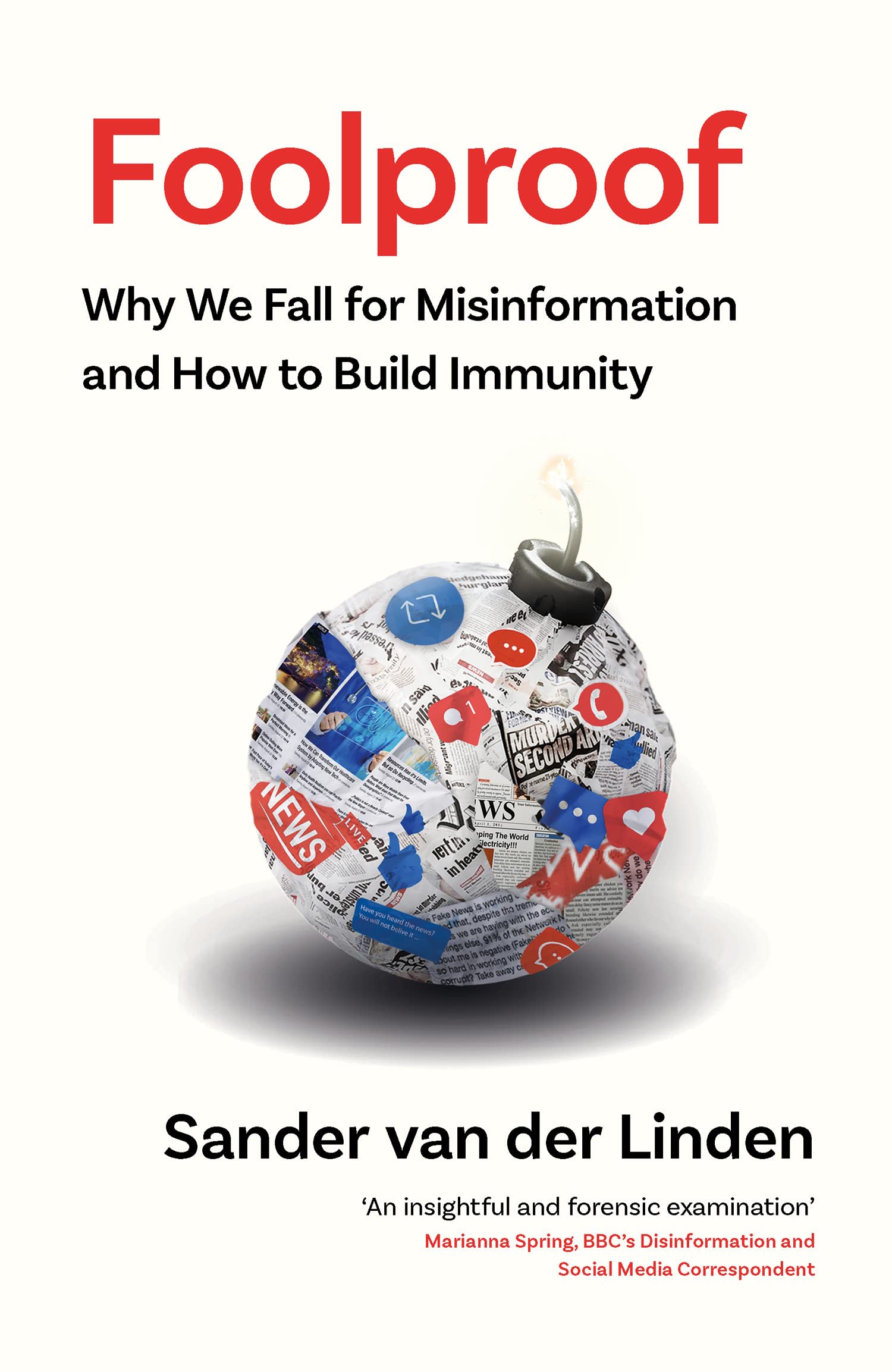
Foolproof: Why We Fall for Misinformation and How to Build Immunity’ is published by 4th Estate/HarperCollins in the UK on the 16 February and by WW Norton in the US on 23 March.
Published 6 February 2023
Text edited by Fred Lewsey
Film produced by Jonathan Settle